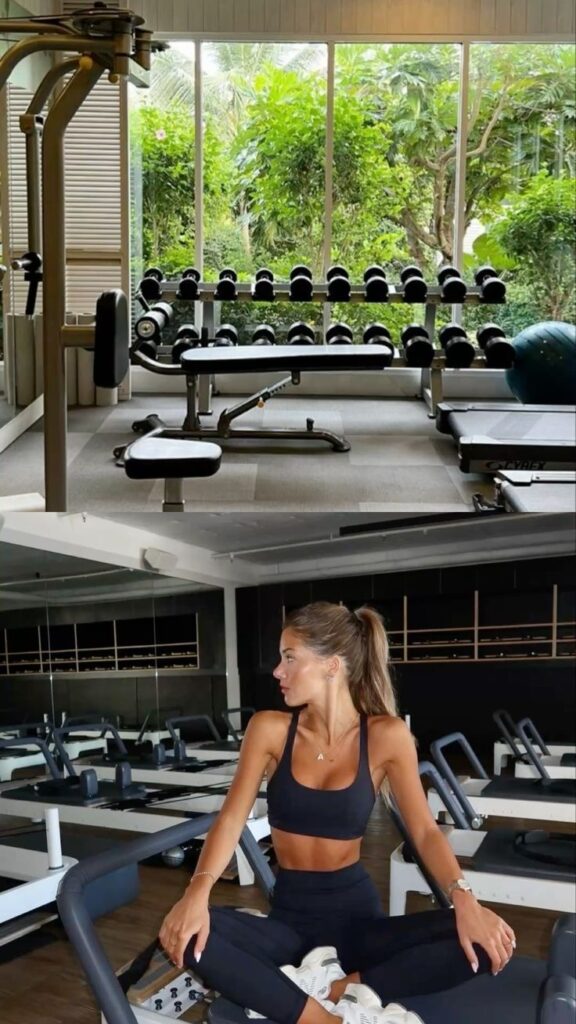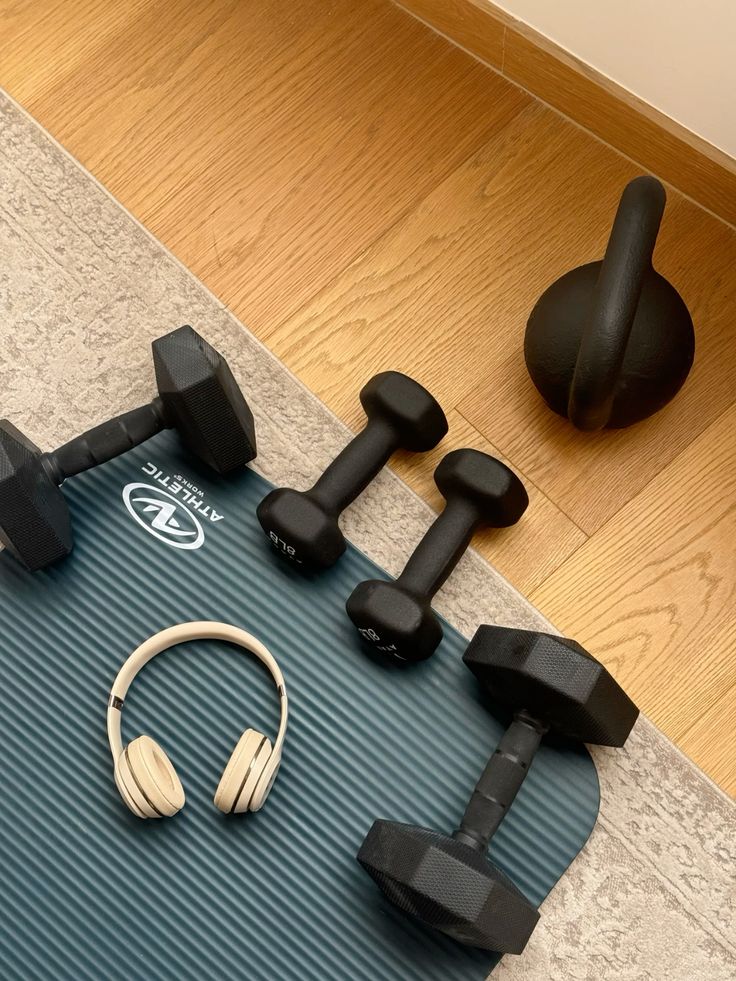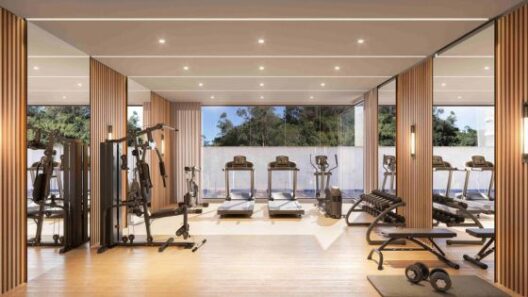Key Takeaways
- 2025 fitness trends: short, intense workouts + functional movements = faster gains.
- Progressive overload remains the #1 rule for building size and strength.
- Best training methods: Push/Pull/Legs, Arnold Split, German Volume Training, and functional circuits.
- Combining the right workouts with nutrition and recovery delivers optimal results.
- Trainers recommend 1–2 sets to failure, shorter sessions, and smarter programming.



Introduction
Are you ready to build muscle faster in 2025? The world of fitness is evolving, and so are the best approaches to gaining lean mass.
U.S. trainers now focus on time-efficient, science-backed workouts that prioritize compound lifts, shorter sessions, and smarter recovery. In this guide, you’ll learn the best gym workouts to grow muscle, the latest trends, and how to structure your week for maximum results.
1. One-Set-to-Failure Training (New Science-Driven Trend)
Forget spending hours in the gym. Recent studies from the American College of Sports Medicine reveal that one heavy, all-out set can be nearly as effective as traditional volume training.
How It Works
- Perform 1 working set per exercise
- Train to absolute muscular failure
- Use 3–5 compound lifts per session
- Allow 48–72 hours between workouts for recovery
Why It’s Popular in 2025: You save time, reduce fatigue, and still achieve serious hypertrophy.


2. 30-Minute High-Intensity Hypertrophy Sessions
Time is valuable. That’s why short, high-intensity workouts are dominating U.S. gyms in 2025.
Sample 30-Minute Upper-Body Workout
| Exercise | Sets | Reps | Rest |
|---|---|---|---|
| Bench Press | 3 | 8–10 | 60s |
| Pull-Ups | 3 | To failure | 60s |
| Dumbbell Shoulder Press | 3 | 12 | 45s |
| Barbell Rows | 3 | 10 | 45s |
| Finisher: Plank Hold | 3 | 60s | — |
Why It Works: Supersets + minimal rest keep muscles under tension, optimizing hypertrophy.

3. Functional Strength Training for Better Gains
In 2025, athletes care about strength that translates to real life. Functional movements improve mobility, stability, and power while still building muscle.
Sample Functional Circuit
- Kettlebell Swings — 15 reps
- Walking Lunges — 20 steps
- Pull-Ups — 10 reps
- Push-Ups with Shoulder Tap — 15 reps
- Repeat 3–4 rounds
Trainer Tip: Mixing functional circuits with hypertrophy blocks leads to balanced, sustainable growth.
4. Best Workout Splits for Muscle Gain in 2025
Choosing the right split can make or break your progress. Here’s what trainers recommend:
- Push/Pull/Legs (PPL): Great for consistent, balanced gains
- Arnold Split: Six-day routine targeting each muscle twice weekly
- German Volume Training (GVT): 10×10 volume training = rapid hypertrophy
- Upper/Lower Split: Perfect for busy people seeking efficiency
Pro Tip: No matter your split, always increase volume progressively.


5. Progressive Overload: The Golden Rule
Without progressive overload, you’ll plateau — period. Trainers emphasize these strategies:
- Increase weights weekly when possible
- Reduce rest times gradually
- Add volume strategically (sets, reps, frequency)
Formula for success:
More load + better form + consistent effort = more muscle
6. Nutrition & Recovery = 50% of Your Gains
Building muscle isn’t just about lifting — what you eat and how you recover matter just as much.
- Protein Goal: 1.6–2.2g per kg body weight
- Carbs: Fuel your workouts and aid recovery
- Sleep: 7–9 hours for optimal hormone function
- Supplements: Creatine, whey protein, and omega-3s are evidence-backed
Remember: Without proper recovery, even the best workouts won’t deliver maximum results.

7. Sample 4-Week Muscle-Building Plan
| Day | Workout Type | Focus |
|---|---|---|
| Mon | Push | Chest, Shoulders, Triceps |
| Tue | Pull | Back, Biceps |
| Wed | Rest | Mobility & Stretching |
| Thu | Legs | Quads, Glutes, Hamstrings |
| Fri | Functional Full-Body | Core + Explosiveness |
| Sat | Active Recovery | Yoga, Swimming, Walking |
| Sun | Rest | Recovery Day |
FAQs
1. How many days per week should I work out for muscle gain?
Ideally, 4–6 days per week works best for hypertrophy, depending on recovery.
2. Can I build muscle with short workouts?
Absolutely. With high-intensity programming and progressive overload, 30–45 minutes is plenty.
3. Do I need supplements to grow muscle?
Not necessarily, but creatine, whey protein, and omega-3s can support your results.
4. What’s the biggest mistake beginners make?
Training too often and not resting enough. Your muscles grow during recovery, not in the gym.
Conclusion
2025 is all about training smarter, not longer. By combining science-backed programs, functional movements, and progressive overload, you’ll build lean muscle faster and more sustainably than ever.
Your journey starts today. Lift smart. Recover hard. Stay consistent.




